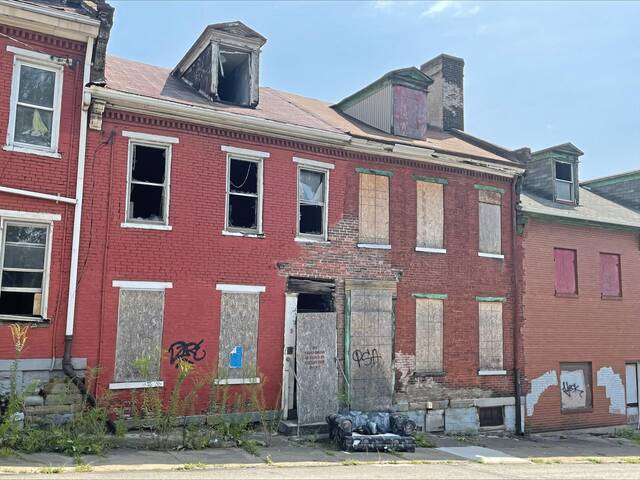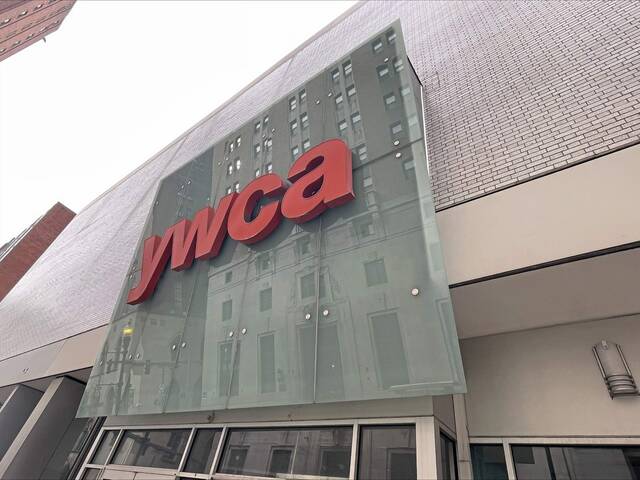Chronic absenteeism in Pittsburgh Public Schools remains abysmal, concludes the latest data from watchdog A+ Schools. And the district’s chronic tardiness in addressing the matter has become inexcusable, says a scholar at the Allegheny Institute for Public Policy.
“The duty of PPS administrators is to put an end to the extraordinarily high levels of chronic absenteeism at the schools where it perennially occurs,” says Jake Haulk, president-emeritus of the Pittsburgh think tank.
“Excuses are not enough,” he says.
The latest assessment from A+ Schools, detailed in a Dec. 3, 2024, report, says the all-school chronic absenteeism rate is well over 30%. But it is an astounding 45% for the ninth through 12th grade schools. And that’s said to be an improvement from a year earlier.
A chronically absent student is defined as missing more than 10 percent of the school year’s 180 days, or 19 or more days.
“Clearly, when 40% of students are chronically absent, there is an inevitable substantial negative impact on learning,” Haulk says. “Missing class presentations, missing tests, failure to complete and turn in assignments and possibly disrupting classes are all detrimental to learning.
“And with 40% chronically absent, the problems are made much worse,” the think tank scholar says.
Then there’s the overall attendance rate, the percentage of students attending classes, calculated as an annual average. Thus, 90% attendance means the average student misses 10 percent or 18 days during the school year.
For example, a decade ago, the think tank noted Perry High had an attendance rate of 82%. “That means on average students missed 32 days, and no doubt many students missed far more than the average,” Haulk says.
“The chronic absentees’ report counts those who miss at least 19 days but it does not provide information on the number of days the chronically absent are not in school,” Haulk says. “Some chronically absent could be missing 30 or more days.”
The bottom line is that absenteeism and poor test scores go hand in hand, as the think tank has repeatedly documented. While PPS does not report attendance by school, the state, several years ago, did. And those test scores track fairly close to recent outcomes.
“High rates of absenteeism were associated with poor academic results just a few years ago, and doubtless that pattern still persists,” Haulk notes.
“Taxpayers, locally and at the state level, are providing huge amounts of funding to get Pittsburgh’s children educated. The PPS’ board and administrators have failed and are failing a huge percentage of their students,” the Ph.D. economist says.
“And the result is falling enrollment that currently stands at 6% of the city’s population and is an embarrassment,” Haulk continues. “Taxpaying citizens should demand far more for their tax dollars, and parents should demand more of their students who are chronically absent and perform very poorly on state tests.”
The think tank researcher says the teachers’ union should be embarrassed as well.
“Where is its outcry over high rates of absenteeism and the resulting classroom and learning disruption?” Haulk asks. And, “Are there not truancy laws that could be enforced?
“The time for excuses ended years ago,” Haulk concludes.








